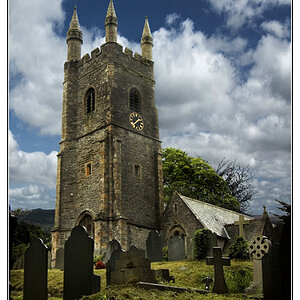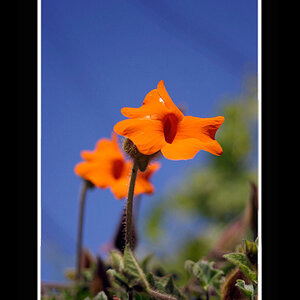Please be kind, I'm new :blushing: I thought I had this figured out but am now more confused than ever, please help. I recently purchased a Samsung NX300. I picked up an adapter to use my old 35mm lenses on it. I thought I understood the 35mm to APS-c conversion, my understanding was multiply the focal length of the APS-c lens by the crop factor of ~1.5 to get the equivalent 35mm focal length. When using an old vivitar 100-300mm @ 200mm, I got the same picture as when using the samsung @ 200mm. So does the adapter eliminate the crop factor? If so, what is the use of a 35mm rating?
Navigation
Install the app
How to install the app on iOS
Follow along with the video below to see how to install our site as a web app on your home screen.

Note: This feature currently requires accessing the site using the built-in Safari browser.
More options
You are using an out of date browser. It may not display this or other websites correctly.
You should upgrade or use an alternative browser.
You should upgrade or use an alternative browser.
Samsung NX300 with old 35mm lenses
- Thread starter kluki
- Start date
DawninWA
TPF Noob!
- Joined
- Dec 3, 2013
- Messages
- 10
- Reaction score
- 2
- Location
- Middle of nowhere, WA
- Can others edit my Photos
- Photos OK to edit
I don't know the technical stuff, but you'd see the same through either lens. It's just different than how you would see it with 35mm. I don't know if this makes sense. The samsung 200mm lens would be a 300mm lens if made for a 35mm camera? I'm confusing myself now. But it's something like that  .
.
vimwiz
TPF Noob!
- Joined
- Nov 4, 2013
- Messages
- 493
- Reaction score
- 45
- Location
- Cambridge, England, UK
- Website
- analog4eva.tumblr.com
- Can others edit my Photos
- Photos OK to edit
Yes. For example, I have a canon EF (Full frame) 35mm lens. On my film body, this is a mild wide angle lens. On my EF-S DSLR (1.6x crop) body, it is more like having the EF-S 18-55 mm kit lens right at its top (normal/mild tele) end.
BartonWood
TPF Noob!
Please be kind, I'm new :blushing: I thought I had this figured out but am now more confused than ever, please help. I recently purchased a Samsung NX300. I picked up an adapter to use my old 35mm lenses on it. I thought I understood the 35mm to APS-c conversion, my understanding was multiply the focal length of the APS-c lens by the crop factor of ~1.5 to get the equivalent 35mm focal length. When using an old vivitar 100-300mm @ 200mm, I got the same picture as when using the samsung @ 200mm. So does the adapter eliminate the crop factor? If so, what is the use of a 35mm rating?
A prime (non-zoom) lens produced by any manufacturer of lenses has two pieces of information that define its characteristics: its focal length which is usually given in millimetres nowadays but could be in inches for many older lenses, the second piece of information is its relative aperture, which is given by the effective focal length divided by its effective diameter and is a measure of its light gathering power. It does not matter what sensor or film format your are using! So a 50mm f1:1.4 lens is a 50mm F1.4 lens no matter on what camera you use it. The so-called crop factor that everyone keeps talking about does not change the focal length or the aperture of the lens BUT if the sensor or film format is smaller that the 35mm film format (36mm x 24mm - 43.3mm diagonal and 3:2 aspect ratio ) then it will only capture a smaller piece of the image produced by the same lens. That is the Crop Factor. For example, a Samsung NX300 uses a 23.5mm x 15.7mm sensor with 28.3mm diagonal and the same 3:2 aspect ratio.
This sensor is only 2/3rds the linear size of the 35mm format film frame or the 35mm film frame is 1.5 times larger than the NX sensor. However, because the smaller sensor is effectively looking at a smaller section of the image, when you blow that image up to fill your screen or fill a 6 x 4 print the image from the smaller sensor will be magnified by 1.5 times compared to the 35mm film frame so will appear to be equivalent to that captured by a 300mm lens using the 35mm film frame when reproduced on the same screen or print size.
So, if you see someone advertising an 800mm eqivalent lens when it is, in fact, a 500mm lens then ignore their bleatings about it having a longer focal length when used on an APS sensor - it doesn't! it is still a 500mm lens.
Just have a look at 6cm x 6 cm (about twice the diagonal size of a 35mm camera) kit. A 200mm Hassleblad lens is 200mm focal length even though its image on the film is twice as big as the 35mm camera but we never hear of the 6x6 as having a 0.5 crop factor or the 35mm having a 2x crop factor compared with a 6x6. It is only relevant when you come to printing or reproducing images of particular sizes that it is of relevance.
In practice, a 100mm fl lens on a 6x6, a 50mm fl lens on a 35mm camera and a 25mm lens on a Samsung NX300 all give comparable fields of view and with what is usually called "a Natural perspective" i.e. the captured image appears very much as seen by the unaided eye because they all capture the same field of view. Because 35mm (miniature) cameras became the de-facto standard in general photography the focal lengths such as 35mm wide angle, 50mm standard, 85mm portrait, 100mm short telephoto portrait, 135mm medium telephoto etc., etc. became widely held as the truth among the vast majority of users who had no knowledge of half-frame cameras or of medium and large format stuff where vastly different focal lengths where used for the same perspectives as used for wide angle or portrait shots taken with 35mm cameras.
If you have a modern digital camera just get used to what focal length lenses give the wide angle or portrait "look" or perspective with your camera and forget about crop factors. If you had never heard of or used 35mm cameras then why compare your lenses with those used on the older kit. It is only used by people trying to get bragging rights for the lenses they are selling in order to make them sound far more imposing, bigger, longer, more desireable etc. Just remember: a 1000mm lens is a 1000mm lens no matter what camera it is fastened to.
I hope this helps.
Ron Evers
Been spending a lot of time on here!
- Joined
- Jun 28, 2008
- Messages
- 6,630
- Reaction score
- 2,588
- Can others edit my Photos
- Photos OK to edit
Nicely explained Barton.
I certainly agree with just getting familiar with what any given lens looks like through the view finder.
I shot primarily adapted lenses for three years on my m4/3 G1 & still considered a 50mm to be the natural view, not enlarged or made smaller.
I certainly agree with just getting familiar with what any given lens looks like through the view finder.
I shot primarily adapted lenses for three years on my m4/3 G1 & still considered a 50mm to be the natural view, not enlarged or made smaller.
Similar threads
- Replies
- 5
- Views
- 623
- Replies
- 5
- Views
- 512

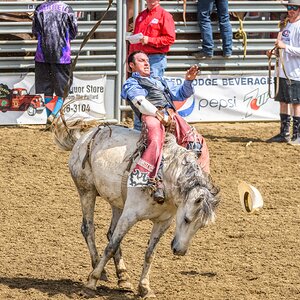
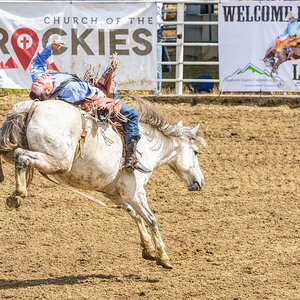
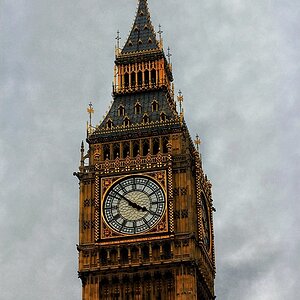

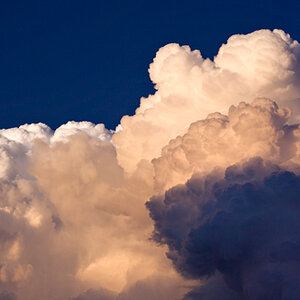
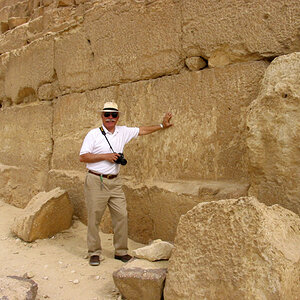
![[No title]](/data/xfmg/thumbnail/36/36301-27972c0474532c2ef657014362950733.jpg?1619737495)


